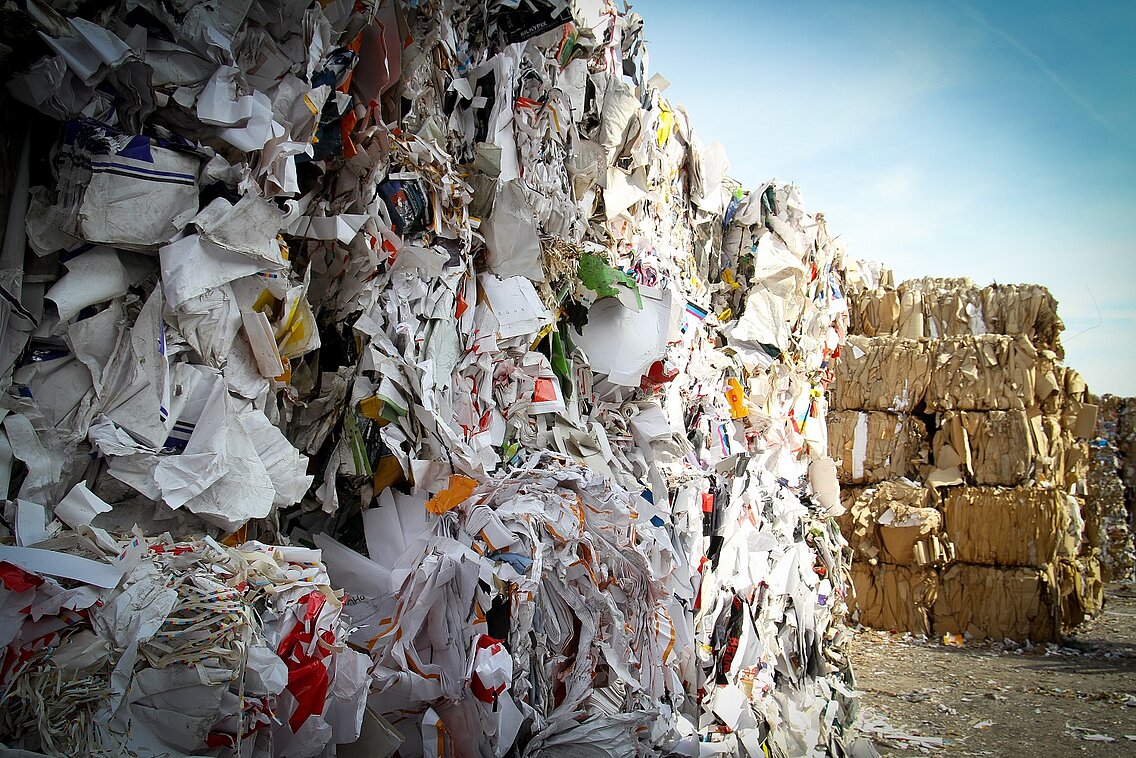"Digital Waste Tracking" Saves Resources
What animal is my steak from? From which field does the wheat of my toast come from? Today's consumers are very sensitive about the origin of their food. Therefore, food tracking is becoming increasingly important for the food industry. In contrast, the industry often pays little attention to the tracing of disposed residual materials.
At the same time, digitalized waste disposal not only saves the budget, but also the environment and resources. With its new "Digital Waste Tracking" service, Leadec is making an important contribution to the green factory.
Real and virtual world linked
"The solution is based on linking the real and virtual worlds, known as the Internet of Things (IoT)," explains Theodor Malcotsis, Team Leader Project Development. He and his team have developed the new application and have already successfully implemented it "In order to optimize routes and emptying, we have assigned QR codes to the waste containers and their location".
The information of the codes is collected by Leadec employees with mobile infrared scanners and processed in real-time in the IoT platform. In this way, the emptying of individual containers is recorded and assigned to the respective producers.
Win-win situation
"The information gained in this way creates a typical win-win situation," says Malcotsis. Leadec can optimize the disposal routes and thus save time and money. The data also offers the customer considerable added value: The report created by Leadec employees makes it possible to identify cost centers with a high volume of residual waste. On this basis, the customer can take measures to save costs and make production more resource-efficient, as well as accelerate the reduction of undefined residual waste.
Possible extensions
In addition, the digital tracking of residual waste disposal offers even more possibilities for optimizing the system. For example, additional data can be used to determine the sorting purity. Furthermore, sensors installed at critical points enable the company to react quickly if complications arise. It is also possible to connect to other logistics processes in order to optimize the coordination and use of resources and processes. The use of IoT devices, which permanently collect environmental data such as temperature, humidity or CO2 values, offers further opportunities for monitoring processes and hygiene conditions.


















